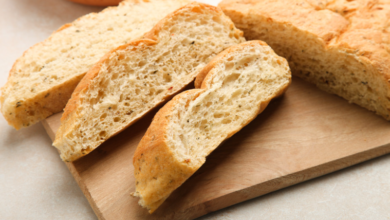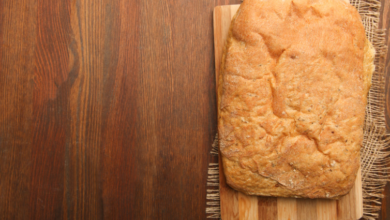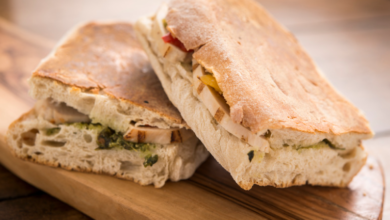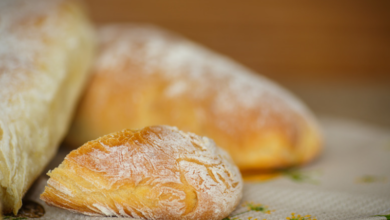What makes ciabatta bread different than other types of bread?
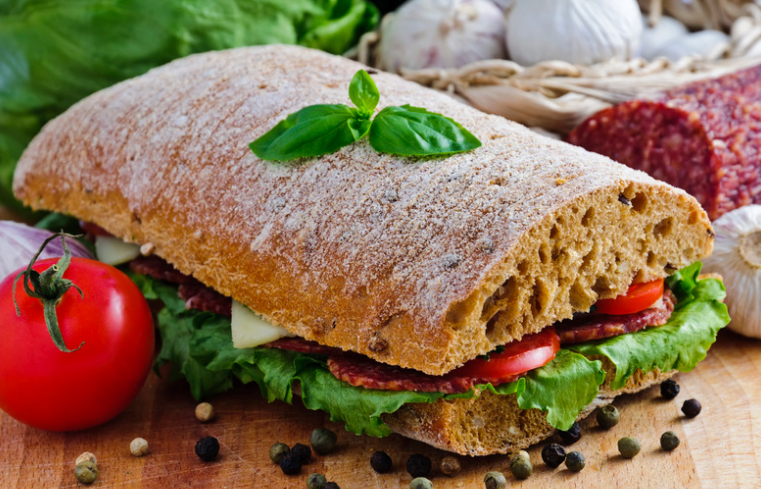
What To Know
- A poolish is a mixture of flour, water, and yeast that is allowed to ferment for several hours or even overnight.
- Its unique characteristics are a result of a combination of high hydration, pre-fermentation, long fermentation, careful shaping, and a specific baking technique.
- While both ciabatta and sourdough bread are made with a long fermentation process, sourdough bread typically uses a sourdough starter instead of a poolish or biga.
Ciabatta bread, renowned for its large, airy holes, crispy crust, and chewy texture, stands out from the crowd of bread varieties. Its unique characteristics stem from a combination of distinct ingredients, techniques, and a carefully controlled baking process.
1. High Hydration
Unlike most breads, ciabatta dough is made with a very high hydration level, typically around 70-80%. This means that the dough contains a large amount of water relative to the flour. The high water content contributes to the bread’s open crumb and airy texture.
2. Poolish or Biga
Ciabatta bread often incorporates a pre-ferment called a poolish or biga. A poolish is a mixture of flour, water, and yeast that is allowed to ferment for several hours or even overnight. This pre-fermentation process develops complex flavors and adds depth to the bread’s taste.
3. Long, Slow Fermentation
The dough for ciabatta bread undergoes a long and slow fermentation process. This extended fermentation allows the yeast to work its magic, creating a flavorful and aromatic bread with a chewy texture.
4. Shaping and Proofing
Once the dough has fermented, it is divided into loaves and shaped. The loaves are then proofed, or allowed to rise, for a second time. This second proofing helps develop the bread’s characteristic large holes.
5. Baking Technique
Ciabatta bread is typically baked on a hot stone or in a steam-injected oven. The high heat and steam create a crispy crust while keeping the interior moist and chewy.
6. Crust and Crumb
Ciabatta bread is known for its thick, crispy crust and its open, airy crumb. The high hydration level and long fermentation contribute to the development of these unique characteristics.
7. Flavor Profile
Ciabatta bread has a mild, slightly tangy flavor. The long fermentation process and the use of a poolish or biga contribute to its complex flavor profile.
8. Versatility
Ciabatta bread is a versatile bread that can be used in a variety of ways. It can be served as a side dish, used for sandwiches, or as a base for bruschetta or other appetizers.
In a nutshell: Embracing the Unique Charm of Ciabatta Bread
Ciabatta bread is a distinctive and flavorful bread that stands out with its large holes, crispy crust, and chewy texture. Its unique characteristics are a result of a combination of high hydration, pre-fermentation, long fermentation, careful shaping, and a specific baking technique. The versatility and deliciousness of ciabatta bread make it a beloved choice for bread enthusiasts and culinary professionals alike.
What You Need to Learn
1. Why is ciabatta bread so full of holes?
The high hydration level and long fermentation process contribute to the development of the large, airy holes in ciabatta bread.
2. What is the difference between ciabatta and sourdough bread?
While both ciabatta and sourdough bread are made with a long fermentation process, sourdough bread typically uses a sourdough starter instead of a poolish or biga. Sourdough bread also has a more tangy flavor than ciabatta bread.
3. How can I make ciabatta bread at home?
Making ciabatta bread at home is possible with the right ingredients and techniques. There are numerous online recipes and resources available to guide you through the process.
